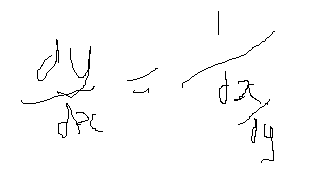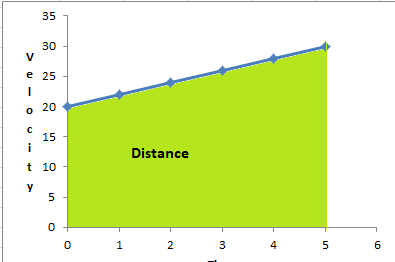Hence find the Answer
‘Hence find the Answer’ – ‘Hence or otherwise find the answer’
It may be a statement of the obvious, but in exam questions the words can give a big clue about how to tackle the question. One of the big ‘Clue’ words in ‘Hence’.
Use your time wisely 
The two sentences above, if you see either in an exam question, they mean the same thing – The next part can be solved by using the work you have just done… and you’d be a fool not to! Unless you are flying through an exam time is going to not going spare.
Lets look at one of the question where this applies.
It starts by asking us to solve
y2 – 7y + 12 = 0
Which we can do by factorising the equation to get
(y – 3)(y – 4) = 0
If you are not sure what we did there, maybe you want to read up on how to factorise quadratics (Link)
So we find y = 3 and y = 4 are the solutions
So far, so good, and my student had no problem with this
the question continues
Hence solve the equation x4 – 7x2 + 12 = 0 –
which is another way of saying ‘ Hence find the answer ‘
There is one big clue here in exam-speak – the word ‘Hence’
This means you will have done some of the work already. No need to start from the beginning… and maybe starting from the beginning won’t work anyway.
In this case, just compare the second occasion with the first. There is definitely something similar between – 7y and – 7x2
If we use the substitution y = x2
Then we can make that middle part the same – and the first part also is true
y2 = (x2)2 = x4
So with this substitution, the equations are the same!
We solved the first equation to find y = 3 or 4. Since y = x2
x2 = 3 or 4
so x = +- Root 3 or +- 2

 .
.